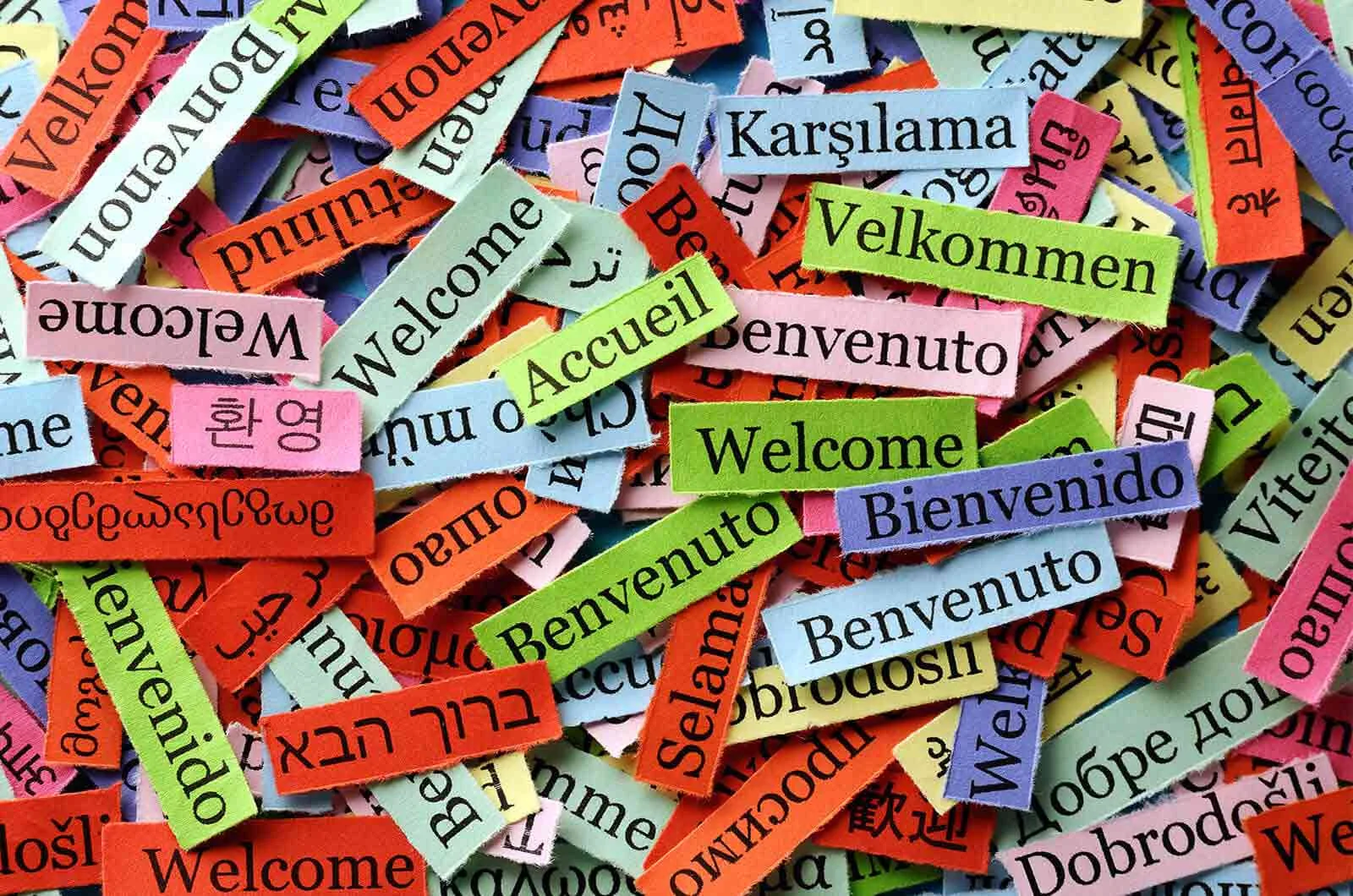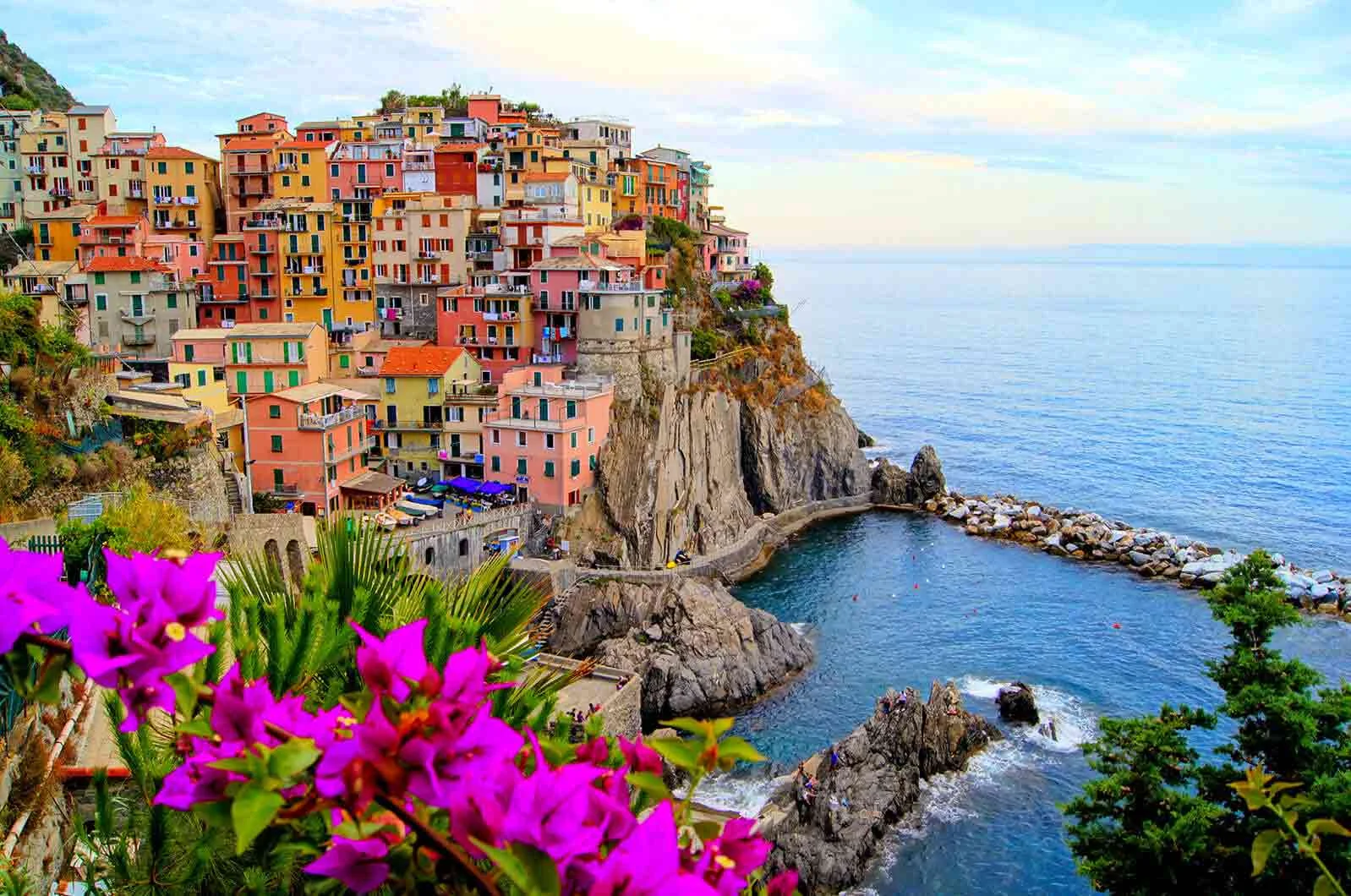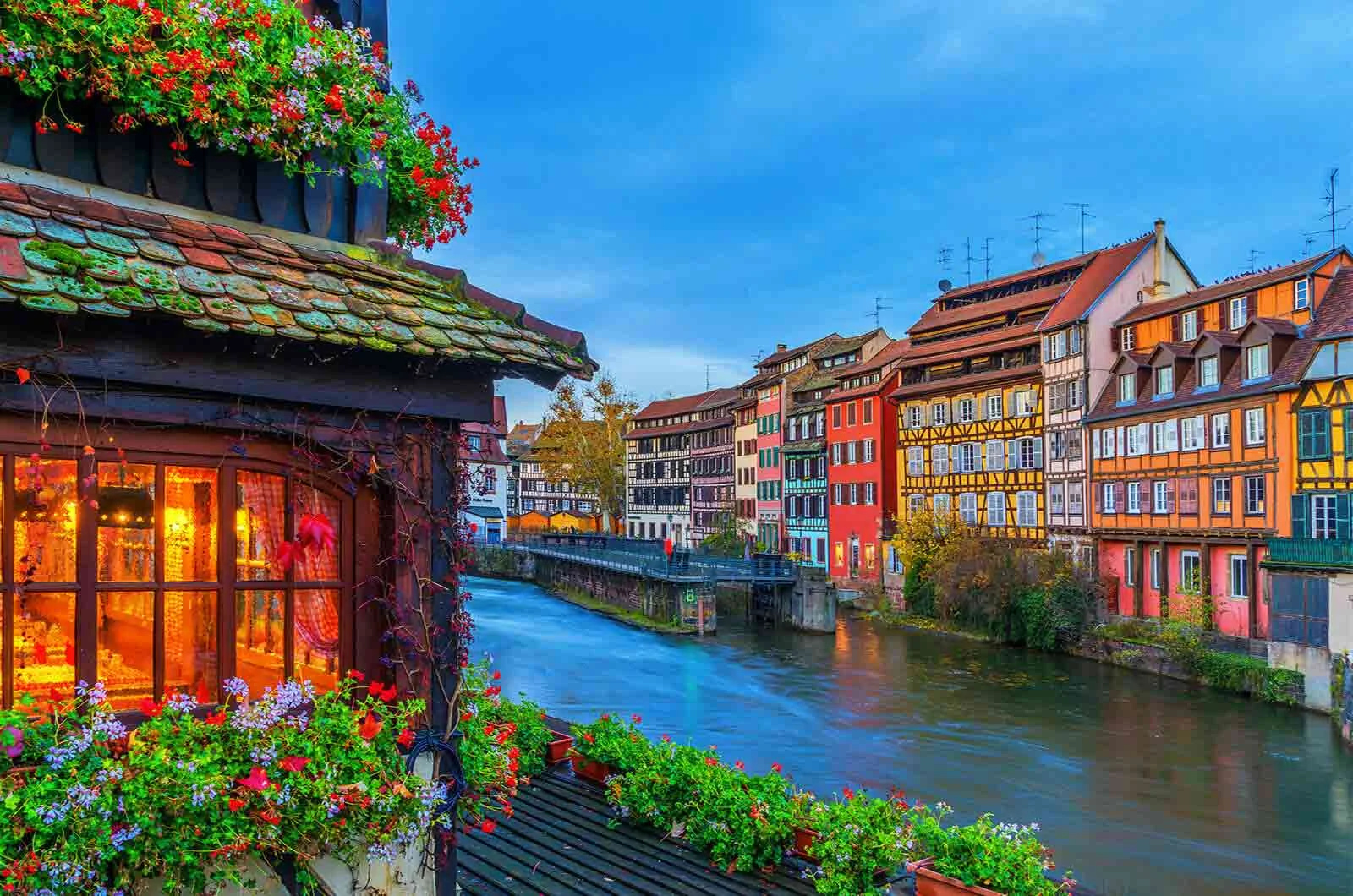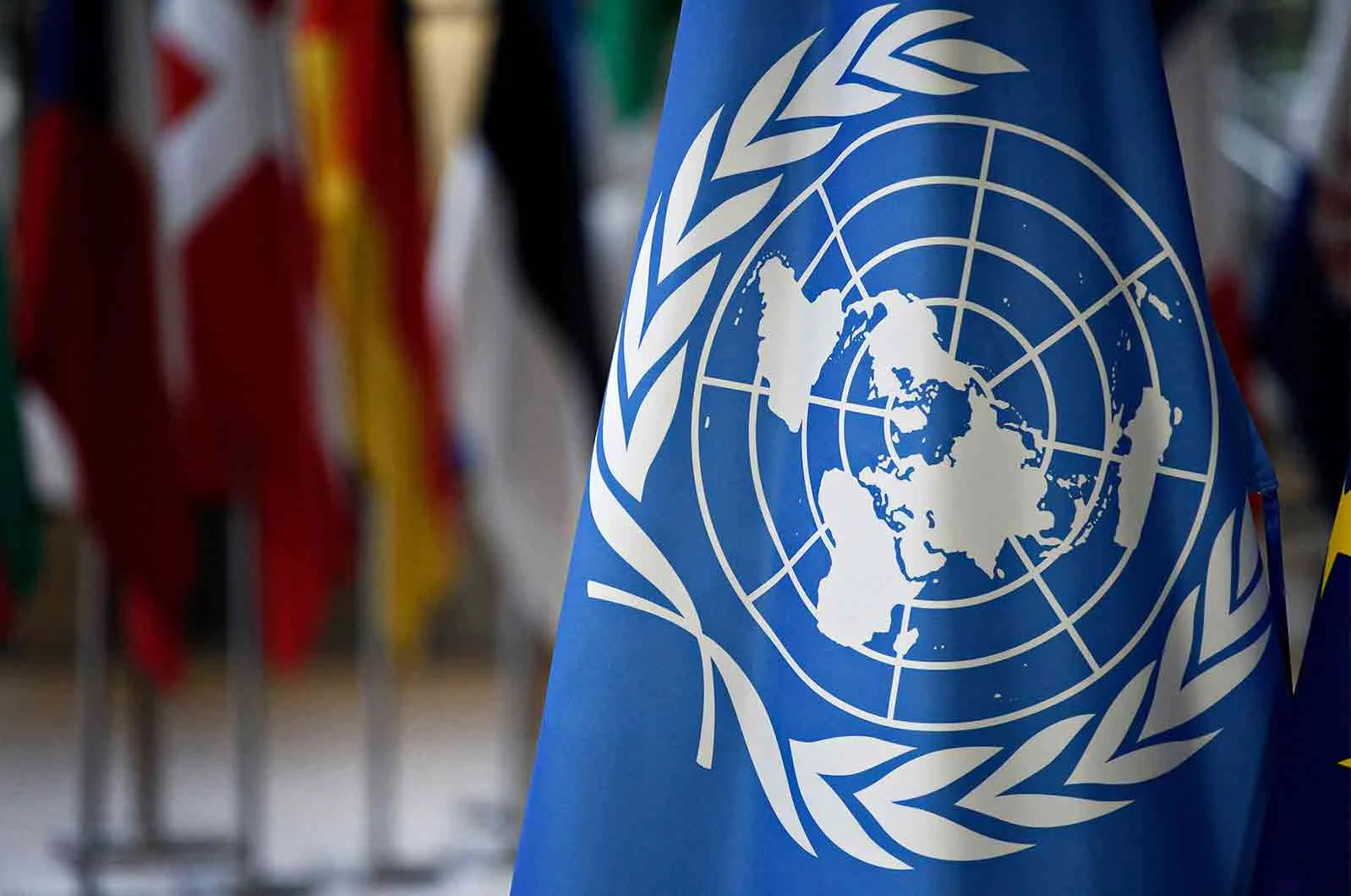
Uploading...

Romance Languages: History, Origins & Truth Behind the Name
Romance languages are a group of Indo-European languages that descended from Latin. For this reason, they are often referred to collectively as the Latin languages. Many prominent European languages belong to this group, including French, Italian, Spanish, Portuguese and Romanian. In fact, speakers of these five languages account for 95% of all Romance language speakers.
Many of these languages and countries have romantic connotations. For example, French is the language of Paris, often referred to as the City of Love. Similarly, the passionate Italian language can instantly enchant and charm anyone that listens. Many people believe that Romance languages obtained their name from these romantic associations, but this is simply not true!
To discover the truth behind the name of the Romance languages, let us look at their history. Here, we return to the origins of the Latin languages, starting at their roots and seeing how each emerged as a distinct language over the years.
Origins of the Romance Languages
Romance languages can all be traced back to one common ancestor: Latin. Let us detail how this ancient language resulted in the birth of several modern languages which are spoken all around the world today.
The Latin language is around 2,700 years old. It first emerged in an area which was known at that time as Latium, a region in Italy around modern-day Rome. As the Roman Republic rose to power, Latin became the dominant language in the region. It later travelled to other countries and territories that the Romans conquered as the Roman Empire grew.
At its peak, the Roman Empire covered most of Europe, including Spain, France, Austria, Switzerland, Luxembourg, Romania, Moldova, and Portugal. It also included countries on the north coast of Africa and the Balkans. As Latin was spread to these countries by the Romans, it merged with the local European languages which were spoken in these regions. This caused the Latin languages to start diverging from one another, resulting in many regional dialects.
Development throughout Europe & Worldwide
The Romance languages we know today – French, Spanish, Italian, etc. – still did not exist at this point in time. The variations of Latin were different vernaculars rather than distinct languages. However, languages started to emerge after the fall of Rome in 476 AD. Latin remained the language used for literature and official documents in most territories, but it slowly started evolving.
It took a long time for distinct European languages to develop. Both French and Portuguese began to emerge as separate languages in the 9th century, whereas the first versions of Italian and Spanish developed in 10th century Europe. Gradually, more dialects and variations of Latin merged with the local languages and came to the surface, resulting in many Romance languages across Europe.
European countries had risen to power and entered a period of colonisation by the 16th century. The empires of France, Spain and Portugal began claiming territories in Africa, the Caribbean, Southeast Asia and the Americas. These empires took their Latin languages with them, causing Romance languages to be spread outside of Europe and to the rest of the world.
The diffusion of European languages globally helps explain the language situation today. It is for this reason that we find 80% of Portuguese speakers in Brazil and the majority of the Spanish-speaking population in the Americas. What started as a language spoken by the Romans almost 3,000 years ago has evolved and spread, dramatically influencing the language scene today.
Romance Languages: The Truth Behind the Name
Now that we have the history of these European languages mapped out, can you think where the name “Romance languages” comes from? The word “romance” may have a romantic meaning in English, but in this context, it refers to the Romans. More specifically, it comes from the word rōmānicus. This is the Latin translation of “Roman.”
This name for the Latin languages makes sense considering they all descended from Latin – the language of the Romans. They owe their existence to the Romans; their name is an ode to their fascinating origins and path through history.
How Many Romance Languages are There?
Most people can name five Romance languages: French, Italian, Portuguese, Spanish and Romanian. These are all national languages of a minimum of one country and are the major languages within this family. However, despite these languages being the most well-known examples, there are around 45 distinct languages in total that are still spoken today!
Around 25% of these are Italian languages, such as Sardinian, Sicilian, and Venetian. Sardinian is the most closely related to Latin of all the Romance languages, preserving many traditional Latin features. This is due to the geographical isolation – Sardinia is only a small, isolated island. Other languages include Istro (spoken in Croatia) and Aromanian (spoken in Greece).
If you want a complete list of the Latin languages spoken today (many other European languages have been lost throughout history), here it is:
- Aragonese
- Aromanian
- Asturian
- Arpitan
- Catalan
- Corsican
- Emilian
- Extremaduran
- Fala
- French
- Cajun French
- Friulian
- Galician
- Istriot
- Italian
- Jèrriais
- Judeo-Italian
- Ladin
- Ladino
- Ligurian
- Lombard
- Minderico
- Mirandese
- Napoletano-Calabrese
- Occitan
- Picard
- Piedmontese
- Portuguese
- Romagnol
- Romanian
- Istro Romanian
- Megleno Romanian
- Romansh
- Campidanese Sardinian
- Gallurese Sardinian
- Logudorese Sardinian
- Sassarese Sardinian
- Shuadit
- Sicilian
- Spanish
- Charapa Spanish
- Venetian
- Walloon
- Zarphatic
Professional Translation Services for European Languages
Romance languages are spoken around the world because they are common. In fact, around 1.2 billion people speak one of the Latin languages. Even if only counting the prominent five European languages (French, Italian, Spanish, Portuguese and Romanian), there are still 1.1 billion speakers. That accounts for almost 7% of the global population.
If you need a professional translation, you can trust our reliable services. We have an extensive network of qualified linguists from around the world who can translate all the major Romance languages and many others. Our experts also cater to a wide range of industries, including technical areas such as the medical, government, legal and academic sectors. Contact us today to get a translation quote or send us an email if you have any other queries.
Related Posts


© Copyright 2023 Renaissance Translations Ltd | Company Registration No. 07472408 | VAT Registration No. 313 4632 33


